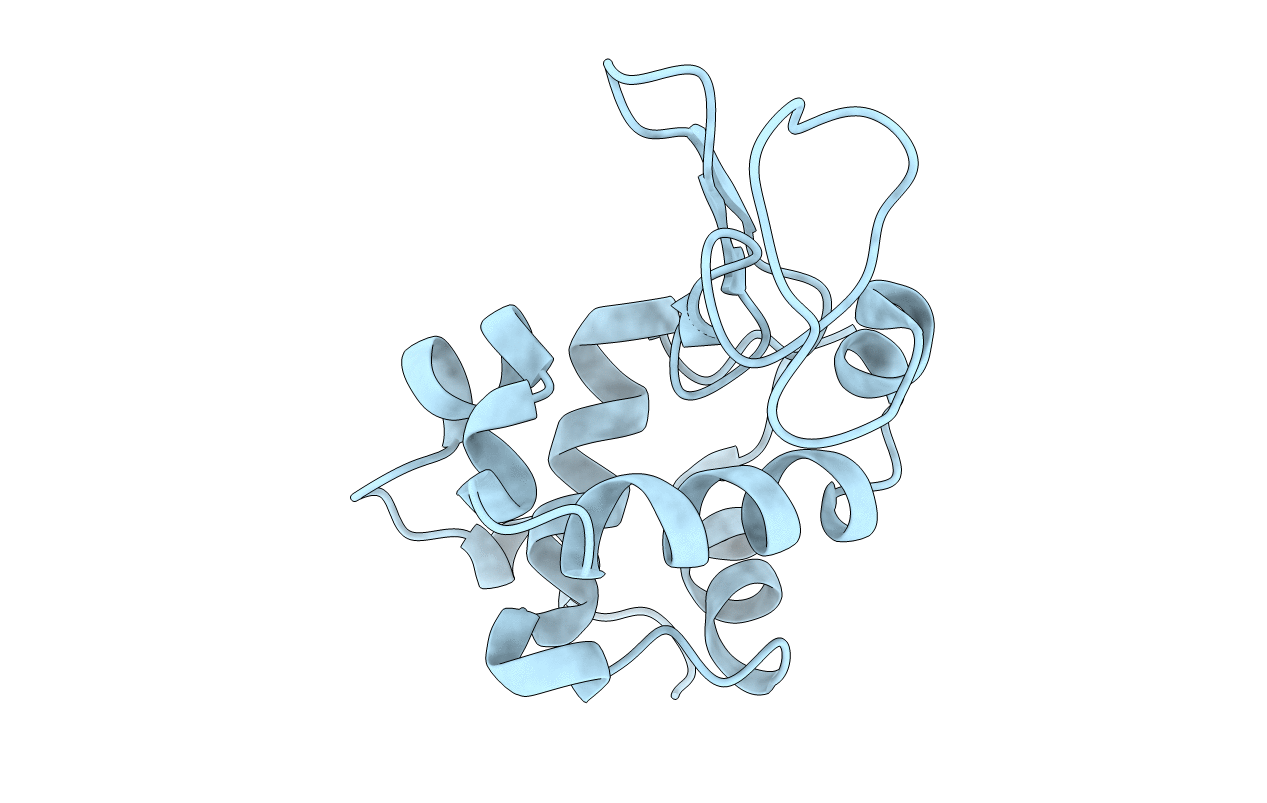
Deposition Date
2014-10-08
Release Date
2015-04-22
Last Version Date
2024-11-13
Entry Detail
PDB ID:
4WMG
Keywords:
Title:
Structure of hen egg-white lysozyme from a microfludic harvesting device using synchrotron radiation (2.5A)
Biological Source:
Source Organism:
Gallus gallus (Taxon ID: 9031)
Host Organism:
Method Details:
Experimental Method:
Resolution:
2.50 Å
R-Value Free:
0.30
R-Value Work:
0.27
R-Value Observed:
0.27
Space Group:
P 43 21 2


